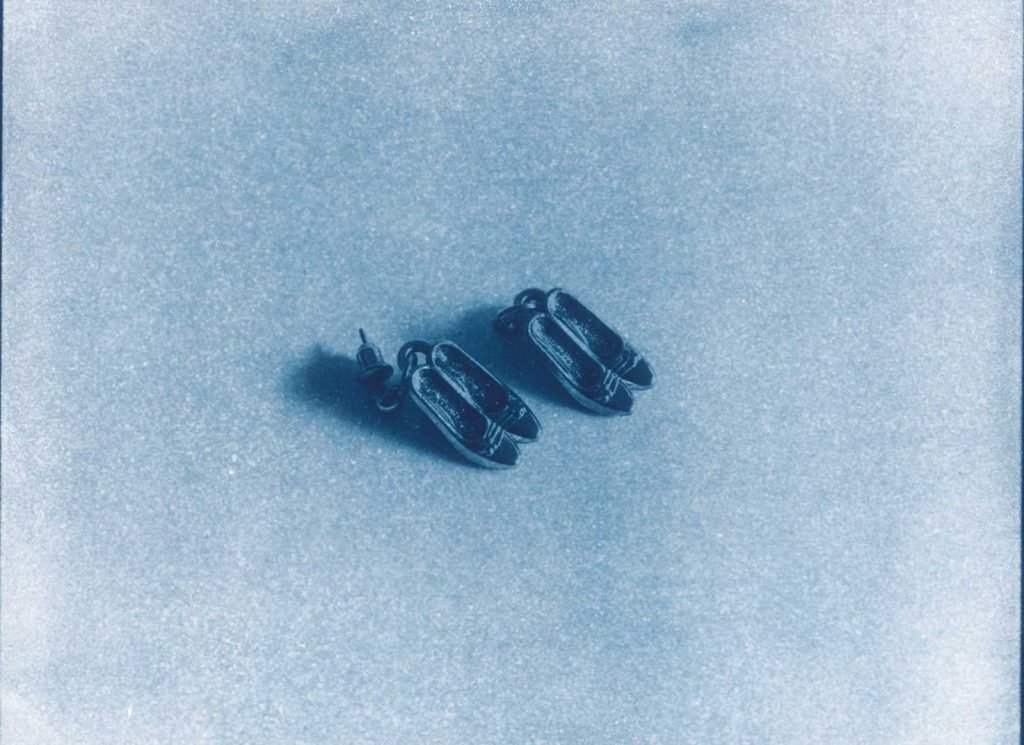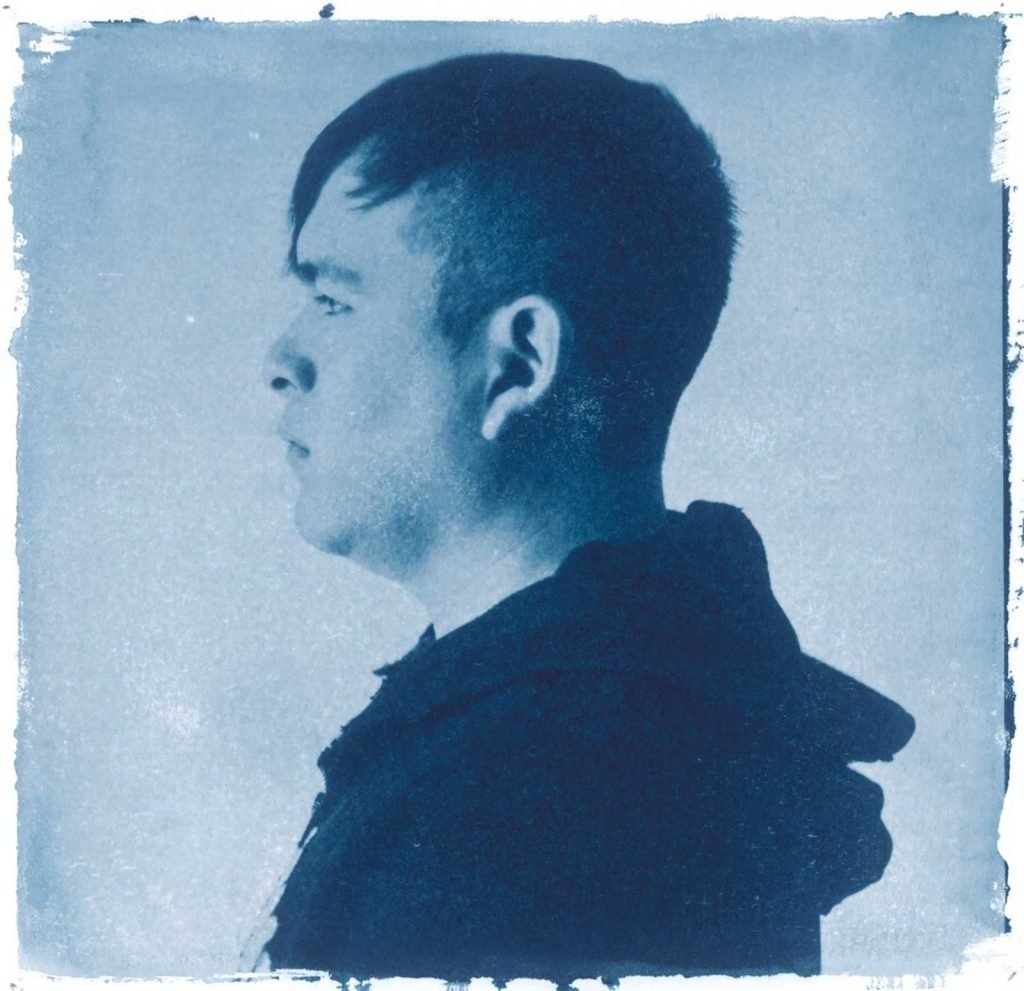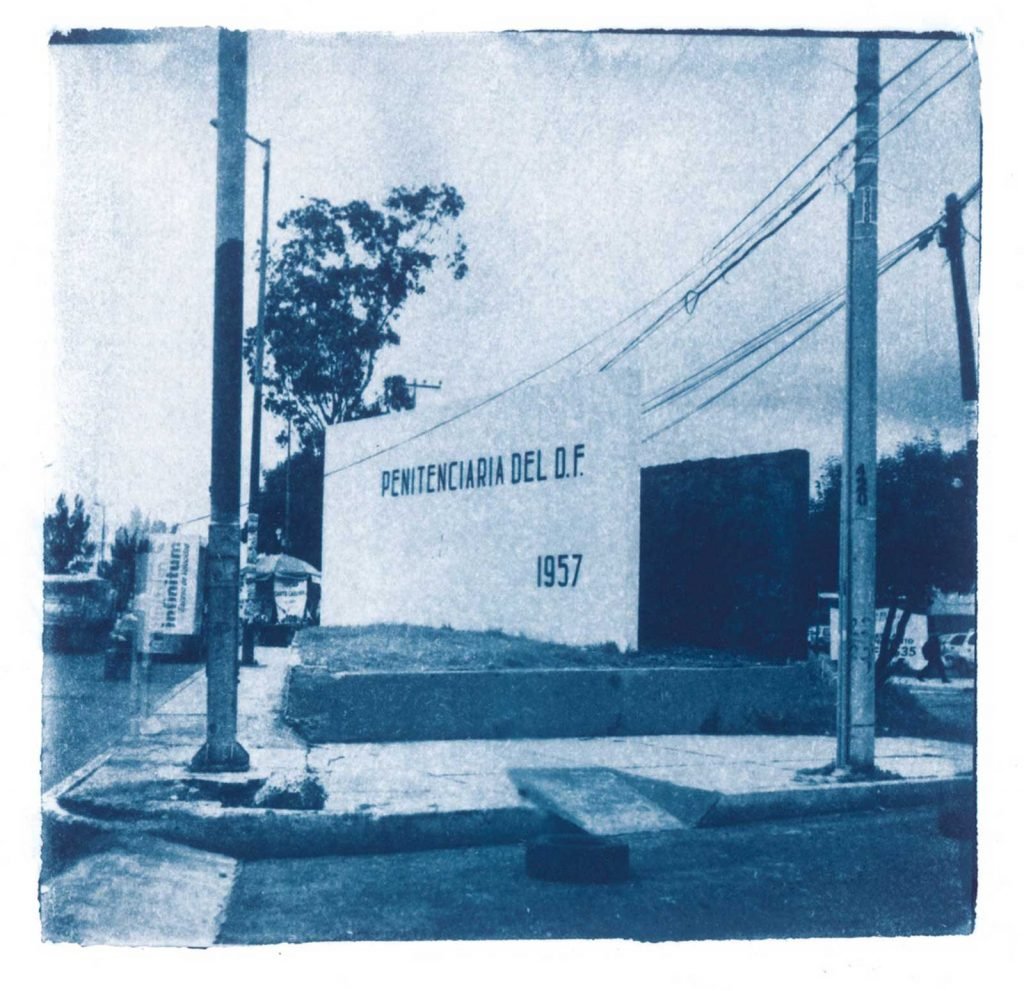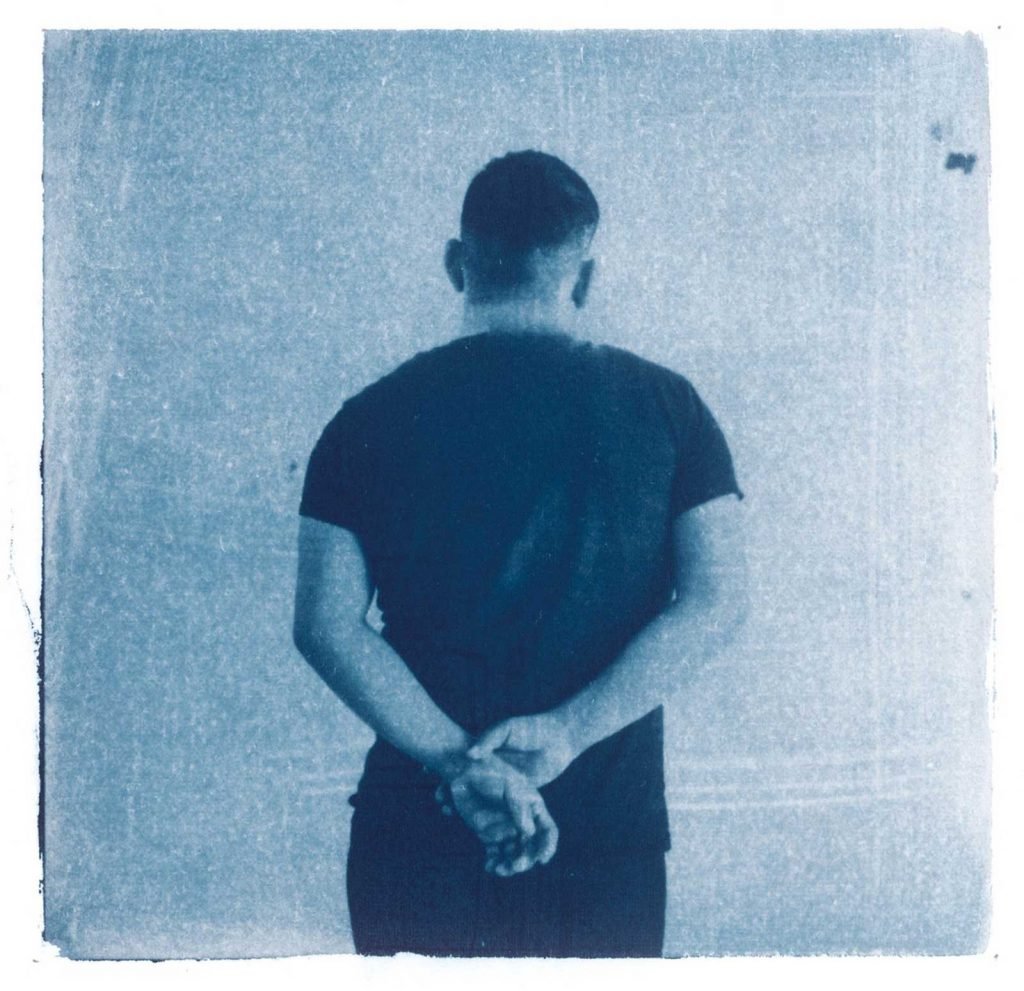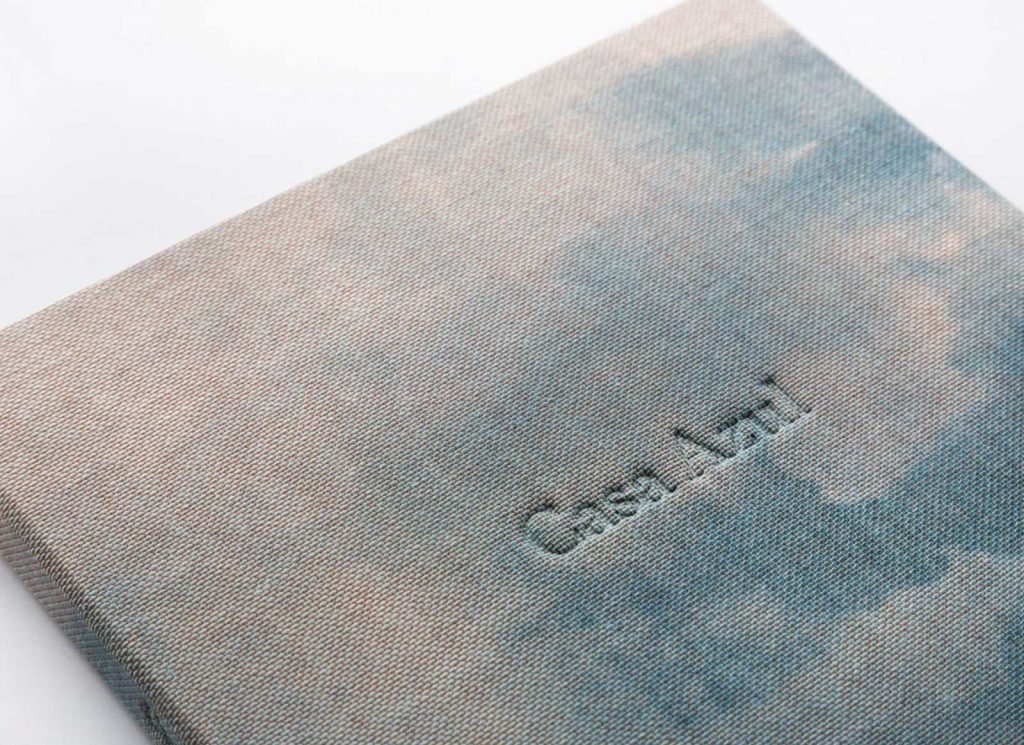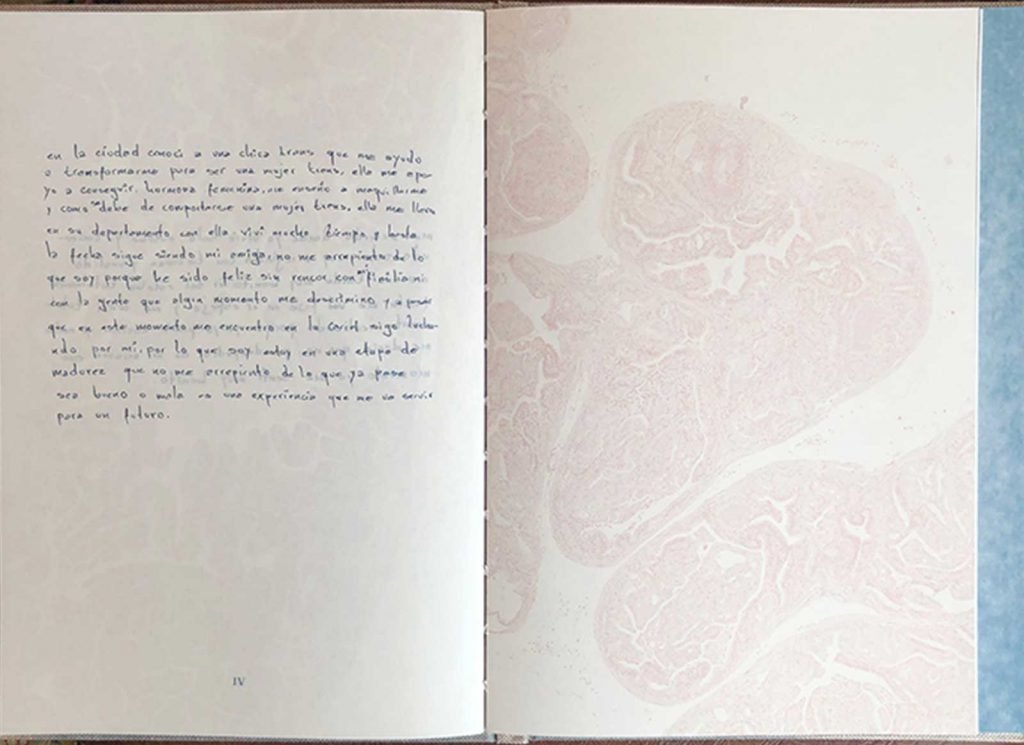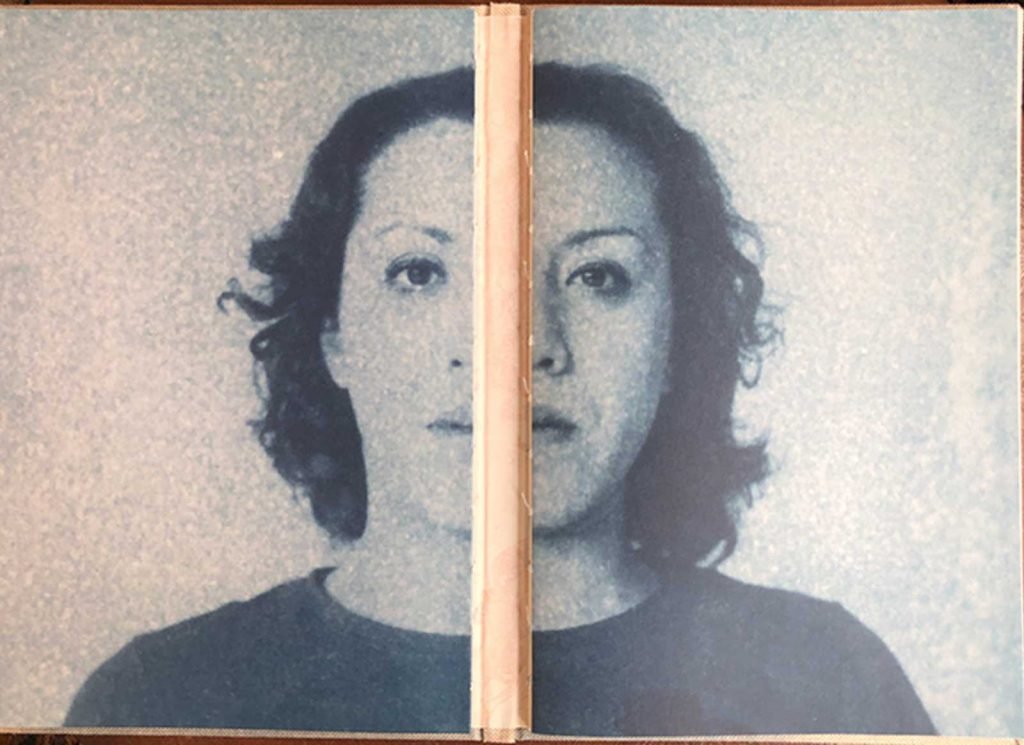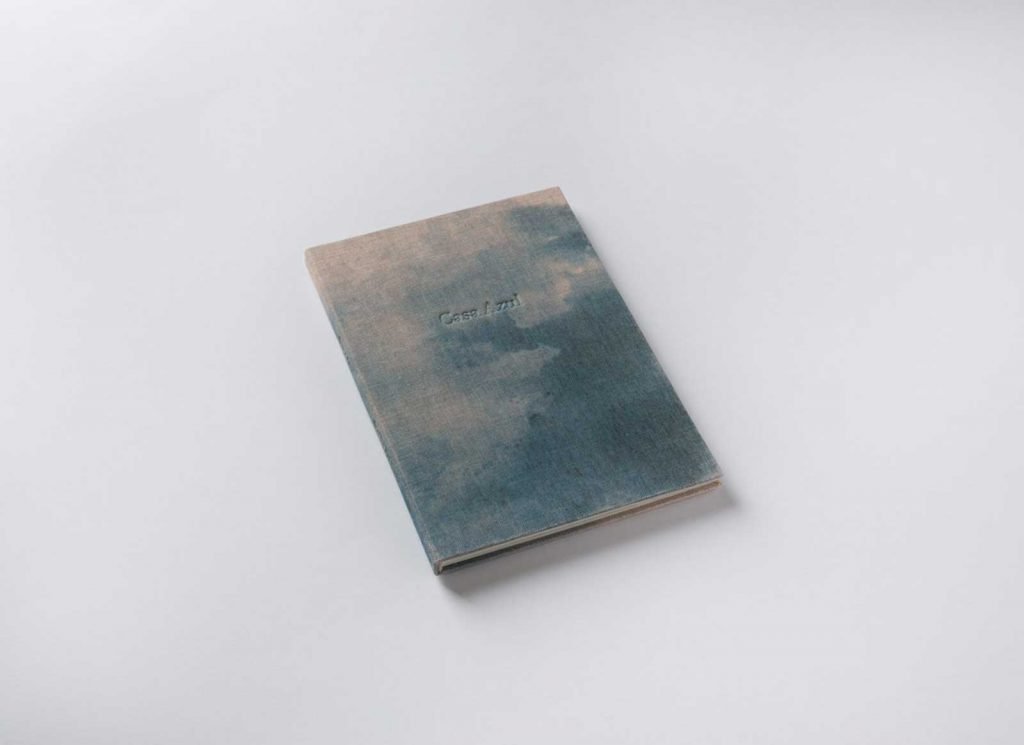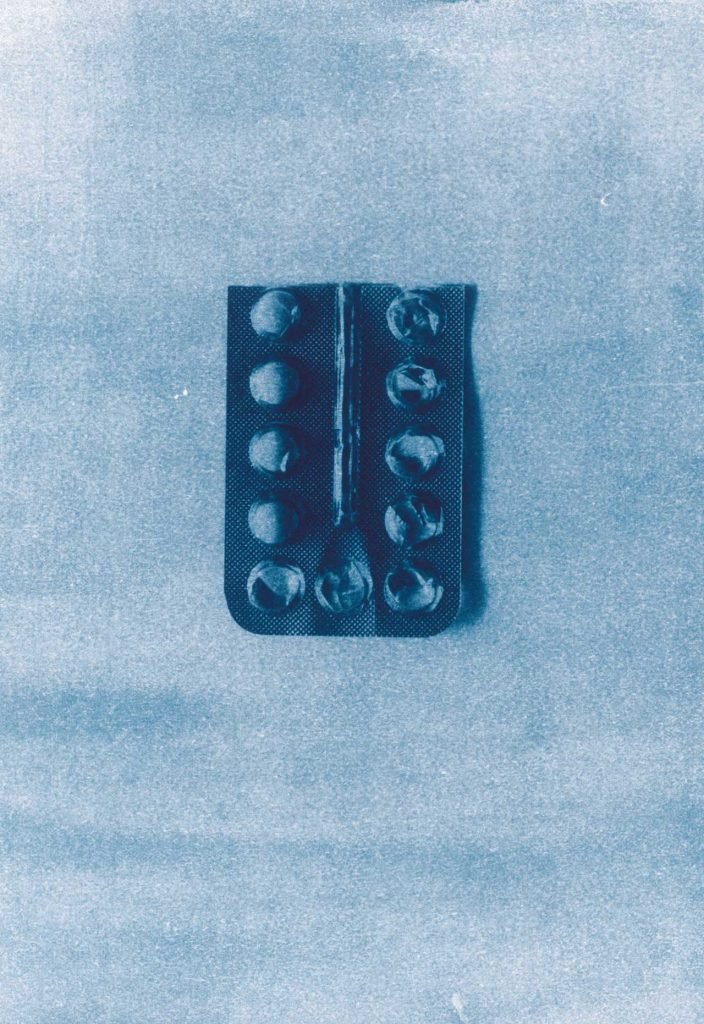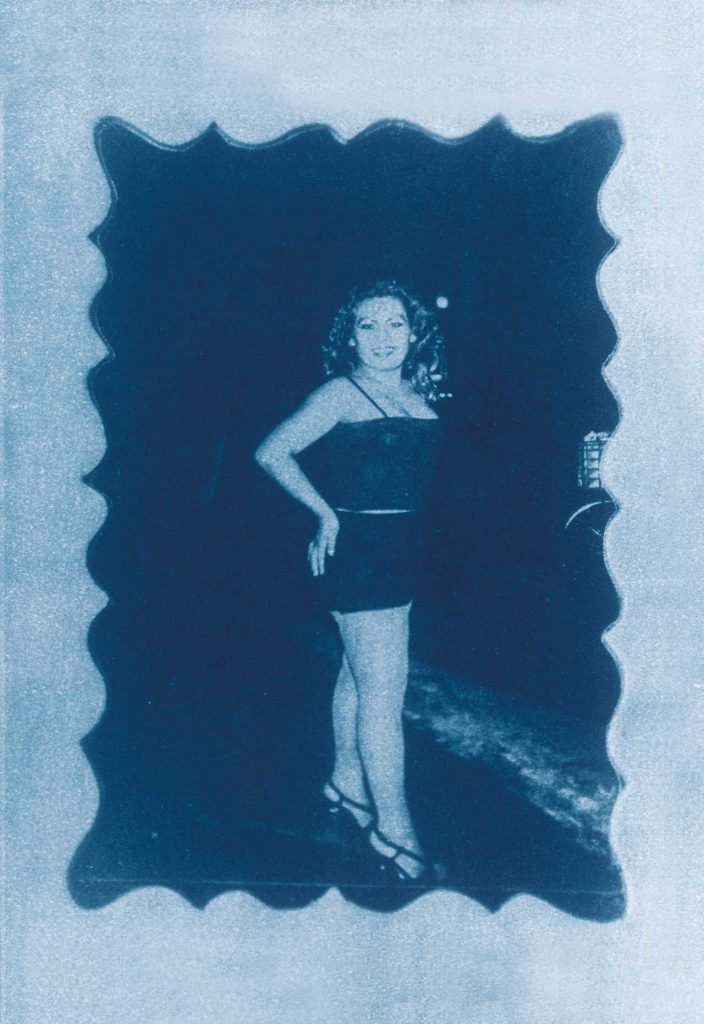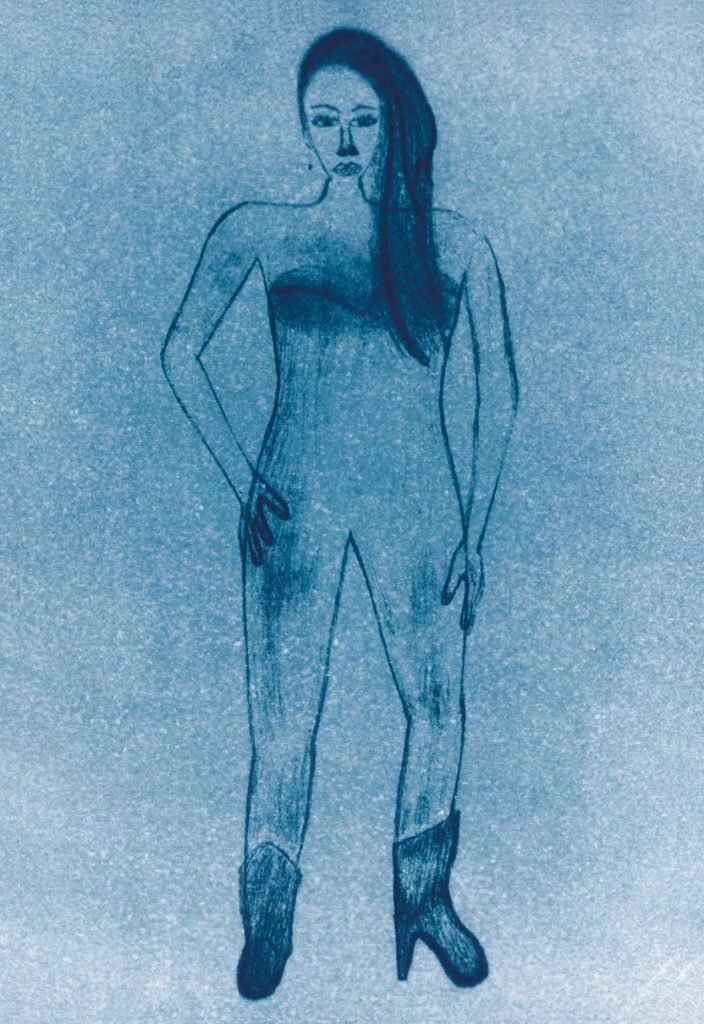Blue refers to the spirit, the sky and the ocean. It’s serenity, tranquillity, grace. A fundamental colour that holds meanings beyond our rational understanding. Blue is also generally associated with the male gender, as opposed to pink. The latter being tenderness, sweetness, love. This is according to the traditional western symbolism we are all somehow influenced by and rarely question. A starting point for a photographic work that aims at challenging basic views on gender identity and giving justice to its complexity, dangerously flattened by straightforward and binary views that are always far from reality and therefore inevitably problematic.
In Casa Azul (the Blue House) by Giulia Iacolutti, blue goes beyond the traditional symbolism. For the start, it is the colour of the uniform worn by the inmates of a male penitentiary in Mexico City, renamed precisely the Blue House by the five trans women protagonists of this story. For América, Frida, Martina, Alejandra and Gabi blue is punishment, seclusion, but most importantly is the colour manifestation of a social denial against their identities. Starting even before their time in prison, when they were forced out of their homes by their families and hometown communities, pushing them into a life of undeserved marginalization and shame because of their being.
In 2016 artist Giulia Iacolutti started a long term socio-visual investigation on the themes of Identity Resistance and Identity Construction in collaboration with sociologist Chloé Constant. This led to active involvement with a group of women who underwent a M to F transition – some outside and some inside the prison – in a social environment where the manifestation of sexuality that does not coincide with the biological gender is perpetually repressed. The result of this collaborative investigation is a meaningful book that is sensitive to the fragility of its protagonist’s stories. Organised around a visual investigation that is meant to break apart the basic binary dichotomy of gender and allow a reflection upon the indefinite condition prior to the construction of personal identities.
The work is a documentation of the five women’s lives in prison, characterized by a never-ending fight against the repressiveness of the system dictating their lives. A three-way restriction that starts from the prison they are held to the less obvious but equally restraining ones of society all and their own male bodies. Three different types of constriction weighting upon their desire to simply feel free to be who they are. A constant battle for those women brought forward within the prison’s walls with great courage and determination to overcome any discriminatory attempt from both guards and fellow inmates. Attention is also given to personal belongings such as female accessories, items that are forbidden within the male-only penitentiary and that they have only been able to obtain through corruption. The innocence of those accessories like hair brushes, clippers, earrings etc., is a powerful tool for selfdefinition and legitimization of their identities in a place that actively denies it.
The visual and textual material of the work dictates the narrative structure. Portraits of the five women are presented in a way that reveals their identities along with their personal stories throughout the book. For the cover, a faded blue and pink cloth recalls the uniform worn by the five inmates as well as representing the fluidity and indefiniteness of each one’s identity. The fluidity is further visualised by use of cyanotype, an ancient printing technique that results into a distinctive faded blue rendered image. Those blue portraits and close-ups of meaningful personal belongings blend boundaries with photographs of abstract-looking histologic samples of healthy prostatic cells, coloured in pink by use of hematoxylin-eosin (scientific process for the study of cells). A stylistic move inspired by an old biology textbook found in the prison’s library and representing the genderless status of human cells at the fundamental of life. In between, the touching hand-written texts report fragments of the five women’s lives before and during their jail time, providing the viewer with an insight into their suffering and the injustices those women had experienced, and still do.
The book is a co-edition between Studio Faganel and The (M) éditions, sapiently organised to the finest detail. At the centre of the artefact, a crack separates the blue cyanotype of one of the participants, Martina, symbolically exposing the stitched binding on the two sides of the spine, giving way to the pink abstract landscape of genderless cells in the background. This creates a liberating moment for the self to escape the constriction of the prison, of society and the biological body to finally be nothing else than what is felt from the inside.
With respect to the place of origin of this story, the book has been printed in the Spanish language. However, attached to the back cover a small almost-invisible insert provides a useful English translation for each text element included in the work. Overall, the book succeeds in creating a space for reflection and questioning of one’s beliefs on the crucial moments of identity construction. Each image speaks of suffering as well as of incredible determination, beauty and desire to be true to the self. A socially driven approach to photography that focuses on the relationship with its subjects over the outcome, allowing the message to sit right before the image and move to empathy through a deeper meaningful and human contact between the subjects of this story and the viewer.
Giulia Iacolutti (Italy, 1985) visual artist and photographer.
After earning her MA in Economics in Arts, Iacolutti studied photography and video at the Academy of Teatro alla Scala in Milan. She moved to Mexico in 2014, where she graduated in Photo-Narratives and New Media at the Fundación Pedro Meyer, lived and worked until 2018. Over the past few years she has focused on her personal and participative art projects, exploring socio-political issues related to identity resistance and its struggles. In addition to photography, she employs different media and techniques (embroidery, drawing, text, audio and video) to enhance communication and understanding through different levels of perception.
Her work has been exhibited in Argentina, Bolivia, Colombia, Italy, Lithuania, Mexico, Spain, the United States and Switzerland and has been published in national and international newspapers including National Geographic, La Repubblica, L’Espresso, Vice and Gatopardo. She was nominated for the Joop Swart Masterclass 2016/2017 and the Foam Paul Huf Award 2018. The book Casa Azul won in 2020 the Marco Bastianelli prize as best artist book. The project will be displayed at PAC “Padiglione d’Arte Contemporanea” in Milan in November 2021.
